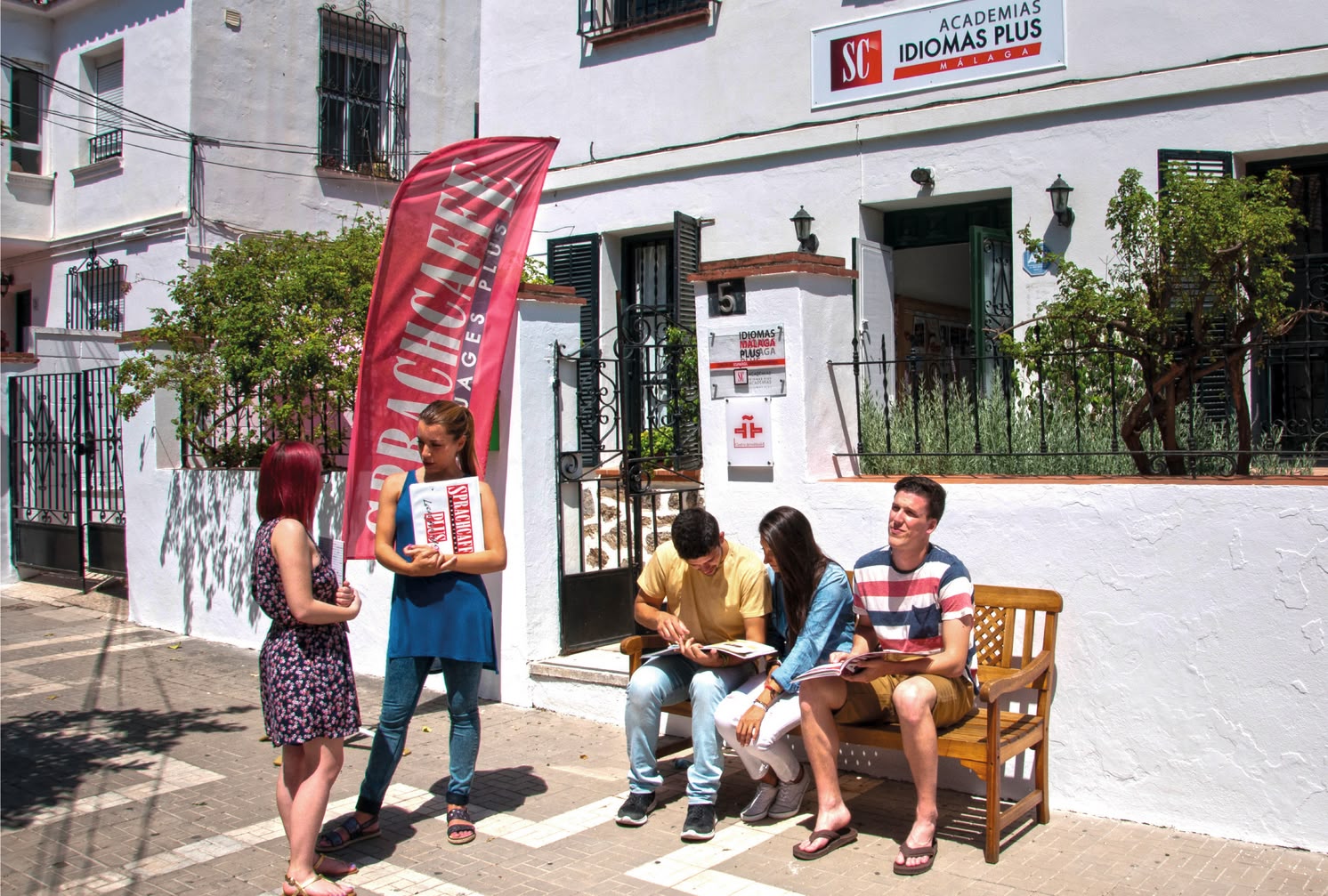
Language travel in Spanish
Take a language trip to Spain or Cuba with Sprachcaffe.
More information »The pluperfect in Spanish is used to describe actions that occurred before another past event in the past. It is an essential verb tense for adequately expressing temporal relationships in Spanish discourse and expands the possibilities for talking about the past and its temporal sequence.
The Pretérito Pluscuamperfecto, also known as "Pluscuamperfecto de Indicativo", is a Spanish verb tense that is used to refer to actions that occurred in the past prior to another past action. That is, it is used to talk about actions that had already occurred before another event in the past. In short, it is the past of the past.
The formation of the Pretérito Pluscuamperfecto is made from the auxiliary verb "haber" conjugated in the Pretérito Imperfecto (imperfect of indicative) followed by the past participle of the main verb:
| Pronombre personal | Verbo "haber" | Verbos terminados en -ar como hablar | Verbos terminados en -er como comer | Verbos terminados en -ir como vivir |
|---|---|---|---|---|
| Yo | había | hablado | comido | vivido |
| Tú | habías | hablado | comido | vivido |
| Él / Ella / Usted | había | hablado | comido | vivido |
| Nosotros / Nosotras | habíamos | hablado | comido | vivido |
| Vosotros / Vosotras | habíais | hablado | comido | vivido |
| Ellos / Ellas / Ustedes | habían | hablado | comido | vivido |
Hablar (verb -ar): I had talked to my friend before leaving.
Comer (verb -er): They had eaten when we arrived at the restaurant.
Vivir (verb -ir): She had lived in that house before she moved in.
How does a language vacation in Malaga, Madrid, Barcelona or Havana sound? All these dream destinations with a Spanish language package is the perfect combination to enjoy your longed-for vacation.
| Pronombre personal | Verbo "haber" | Abrir | Decir | Hacer | Romper | Volver |
|---|---|---|---|---|---|---|
| Yo | había | abierto | dicho | hecho | roto | vuelto |
| Tú | habías | abierto | dicho | hecho | roto | vuelto |
| Él / Ella / Usted | había | abierto | dicho | hecho | roto | vuelto |
| Nosotros / Nosotras | habíamos | abierto | dicho | hecho | roto | vuelto |
| Vosotros / Vosotras | habíais | abierto | dicho | hecho | roto | vuelto |
| Ellos / Ellas / Ustedes | habían | abierto | dicho | hecho | roto | vuelto |
We had opened the door before you arrived.
They had said they would be right back.
My sister had made a delicious cake.
My friends had accidentally broken the vase.
We were back from our vacation.
Sequence of events in the past: When we want to describe the sequence of actions in the past, we use the Pluscuamperfecto for the action that happened before and the pretérito indefinido (or pretérito perfecto simple) for the action that happened after. Example: I had eaten (Pluscuamperfecto) when the phone rang (pretérito indefinido).
Storytelling: In storytelling, the Pluscuamperfect is used to introduce events that happened before the main development of the narrative. Example: Before arriving in the city, we had already researched their customs.
Hypotheses in the past: To express hypotheses or imaginary situations in the past, the Pluscuamperfect Subjunctive is used in conditional sentences. Example: If I had studied more, I would have passed the exam. (Expresses a hypothetical situation in the past).
Description of past experiences before a specific time: To describe an experience that occurred before a specific time in the past. Example: I had traveled to Italy before I met my partner.
Expressing that something had "already" happened before another event: We use the Pluscuamperfect to emphasize that an action had already occurred before another past action happened. Example: We had already arrived when it started to rain.
Examples of the pluperfect in SpanishThe pluperfect is used to express actions that had already occurred before another past event in the past. This temporal relationship is established by means of connectors such as "cuando", "antes de que", "después de que", among others. Let's see some examples of how the Pluscuamperfecto is used:

Take a language trip to Spain or Cuba with Sprachcaffe.
More information »
Learn Spanish from the comfort of your home with an online course.
More information »